These tips can give you a hand before you buy a tire.
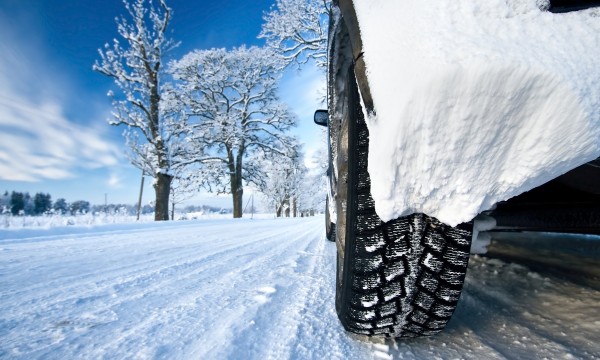
Types of tires: why all tires are not alike
Tires aren’t a one-size-fits-all proposition. The right tires for your vehicle will depend primarily on your vehicle type and expected driving conditions. So what are the most common options?
All-season tires
Designed for good traction, long life expectancy and a comfortable ride, all-season tires are the most affordable and basic tires.
- Despite being called all-season tires, they’re not recommended for winter driving.
- Certain provinces, such as Quebec, mandate by law that car owners install winter tires and do not permit the use of all-seasons between specific times of the year.
Check with your local or provincial authorities if you are uncertain.
Performance tires
Shorter, wider and more expensive than all-season tires, performance tires offer better control and grip for performance vehicles.
- Most performance tires are strictly summer tires, which means they can grip the road in wet and dry conditions but should be replaced for winter driving.
All-terrain tires
Most commonly found on SUVs and trucks, all-terrain tires have large treads for extra traction, perfect for off-road driving or navigating unpaved roads.
- On the highway or at high speeds they tend to be noisy and provide a rough ride.
Winter tires
These tires are called snow tires for a reason. They’re made from special rubber compound that sticks to the road in subzero temperatures. What’s more, they have unique tread designs for extra traction in slippery conditions.
- A tested winter tire will have a snowflake symbol to indicate it meets the minimum snow tire safety requirements.
- Winter tires have been proven to shorten the stopping distances of cars under icy road conditions.
Tire markings decoded: why size matters
Have you ever wondered what all those numbers and letters on the sides of tires (also called the “sidewall”) mean? All that information can be hard to understand, but it tells you everything you need to know about the size of tires your car needs.
Here’s a description of each spec that appears on the sidewall, which you should always match with your car’s recommended specifications.
Using P225/65R17 101H as an example:
1. Tire type
Most information on new tires starts with the type of vehicle the tire was designed for, indicated by a letter. This will most commonly be either “P” for passenger vehicle or “LT” for light truck, although there are a host of many other service type ratings.
P225/65R17 101H is designed for a passenger vehicle
- A passenger vehicle may include cars, minivans and light-duty pickup trucks.
- “LT” tires are designed for use on vehicles to tow trailers or carry heavy loads, such as SUVs, full-size vans, and medium- to heavy-duty trucks.
2. Tire width
Measured in millimetres, the first three digits following the letter tell us the width of the tire from one sidewall to the other when mounted on a rim.
P225/65R17 101H is 225 mm wide
- Wider tires offer more traction but may be less comfortable and noisier.
3. Aspect ratio
The aspect ratio displays after the tire width. It’s the percentage of the sidewall’s height versus the tire’s width.
P225/65R17 101H, the height of the tire, is 65 per cent of the 225 mm width, or about 146 mm.
- A lower number means “shorter” tires. The result? Tires that are better at cornering but give a bumpier ride. Think “low-profile” tires such as those you’d see on sports cars.
4. Internal construction
Construction is represented by a letter (either an R for radial, D for diagonal or B for belted). Most tires are radial, meaning they have steel cords running across the tire’s width for enhanced stability.
P225/65R17 101H is a radial tire
- Bias-ply tires (D) have an internal structure that crisscrosses diagonally.
- Belted tires (B), with their extra layer of reinforcing belts, are least common.
5. Wheel diameter
It’s essential to match your vehicle’s wheel diameter with this number for the correct fit.
P225/65R17 101H has a 17-inch diameter
6. Load index
This is a numerical value used to compare relative load carrying capabilities. It tells you approximately how many pounds each tire on your vehicle can safely carry when it’s fully-loaded.
P225/65R17 101H has a load index of 101
- A vehicle equipped with these tires could bear about 1819 lbs. (820kg) per tire if the vehicle was fully-loaded. As such, to be safe, you would want to ensure the vehicle did not exceed 7,296 lbs. (3280 kg).
- You’ll have to look at a load index chart to cross-reference this number to see how much weight the tire can bear.
- When looking at tires for your vehicle, choose and install only ones with a load index that meets or exceeds your vehicle manufacturer’s specifications. You should find it in the owner’s manual.
7. Speed rating
The maximum sustainable speed for tires is listed last and rated by a letter. Tires with higher speed ratings are typically less comfortable and have shorter life spans.
P225/65R17 101H has a speed rating of H
- Under optimal conditions this tire is designed to perform at speeds up to 210 km/h (130 mph) – not that you should ever try!
- Beginning with the letter “M” for vehicle speeds up to 130 km/h (81mph), and including other ratings such as “S” for family sedans and mini vans, rated at 180 km/h (112 mph), it’s best to buy tires with the correct speed rating for your car.
Driving is so much safer and enjoyable when you have the right tires on your vehicle, because they help give you better control and provide greater peace of mind. So the next time you’re on the market for new tires, be sure to see what the manufacturer recommends before you go out and buy.
Related posts:
No related posts.
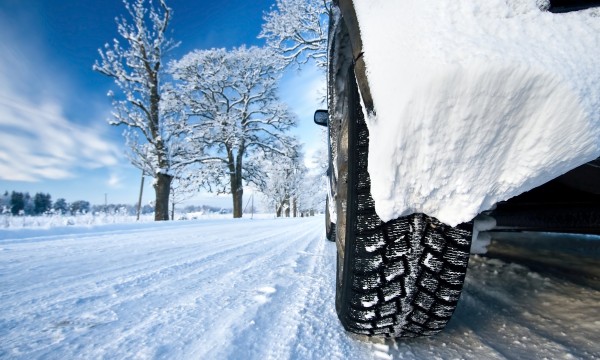
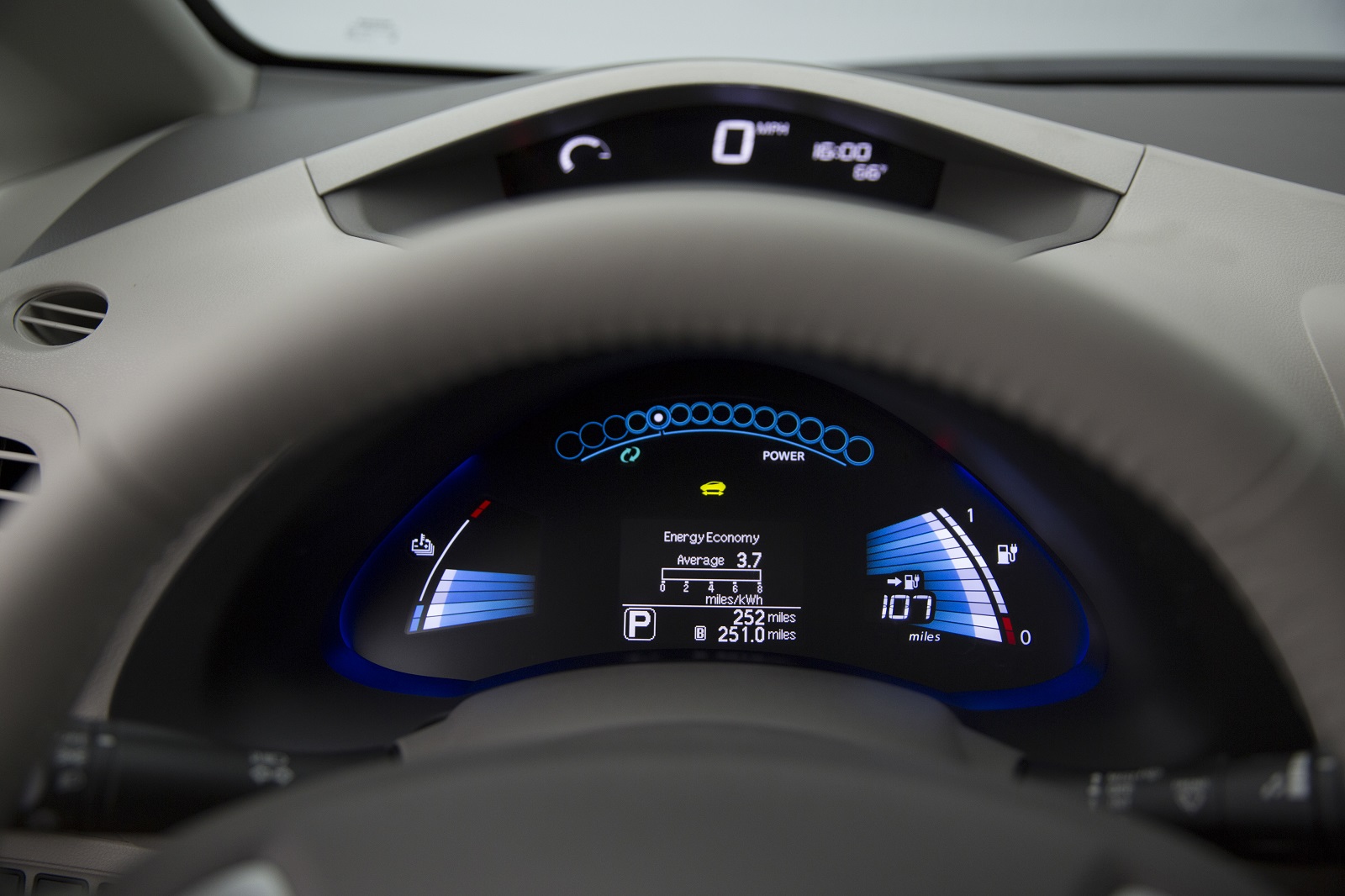
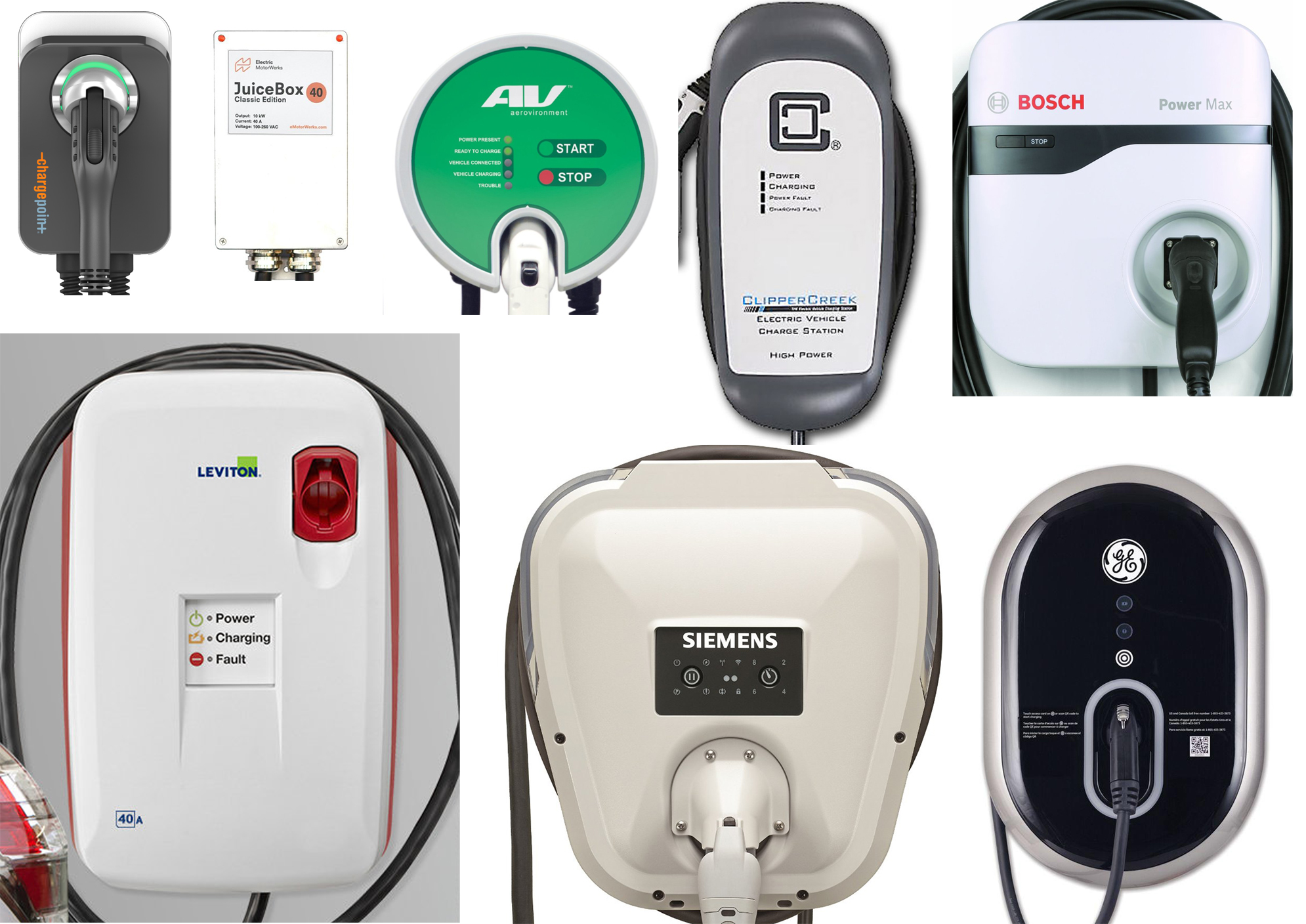
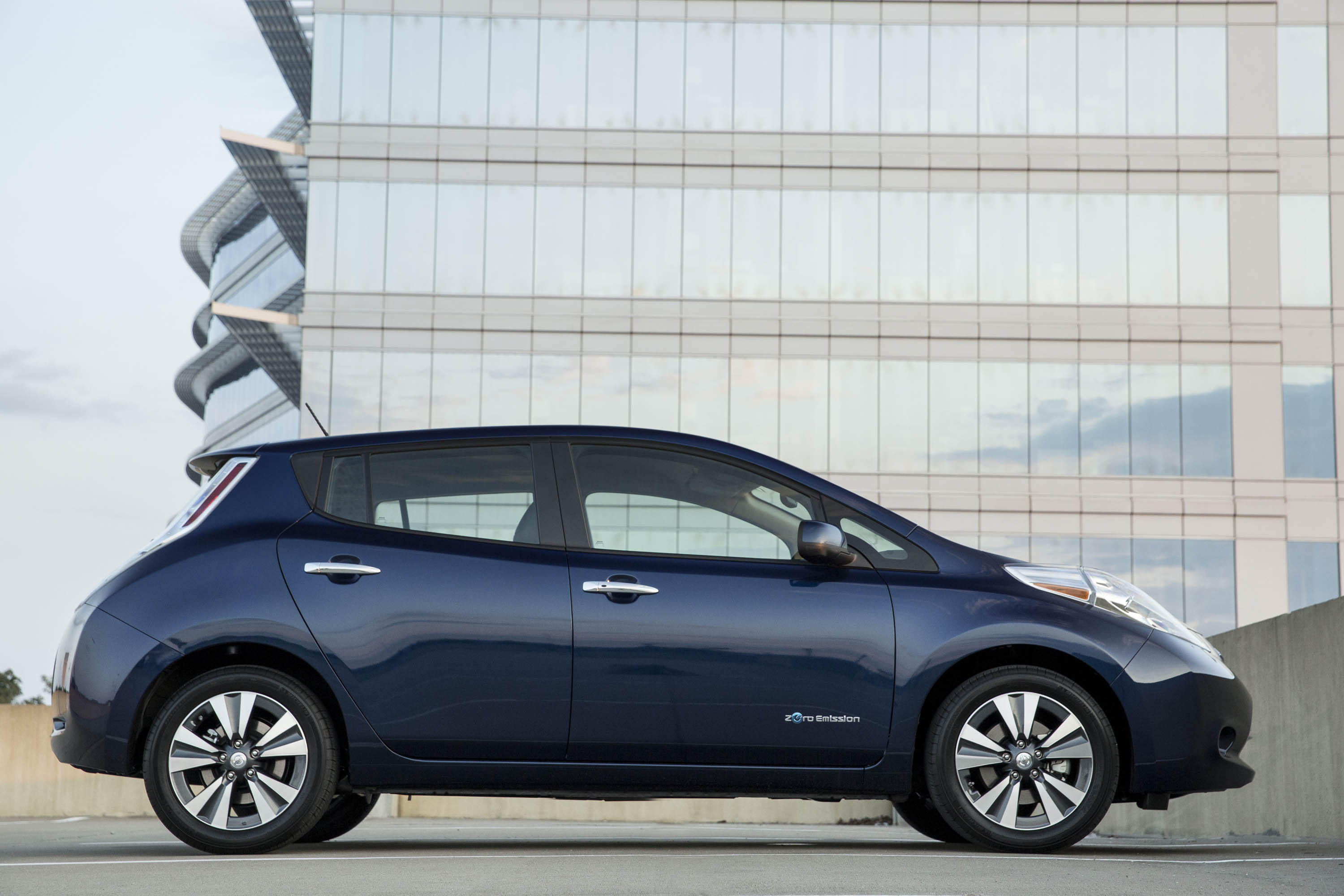
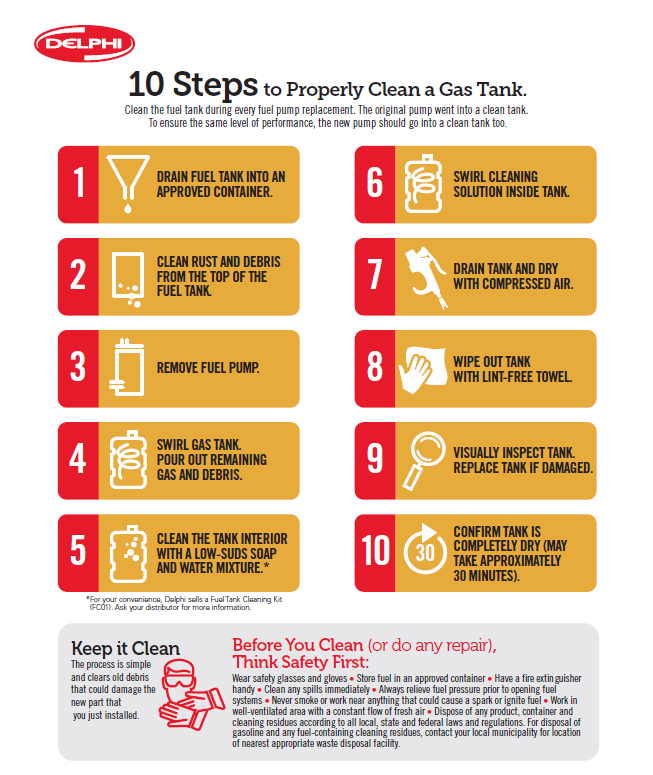
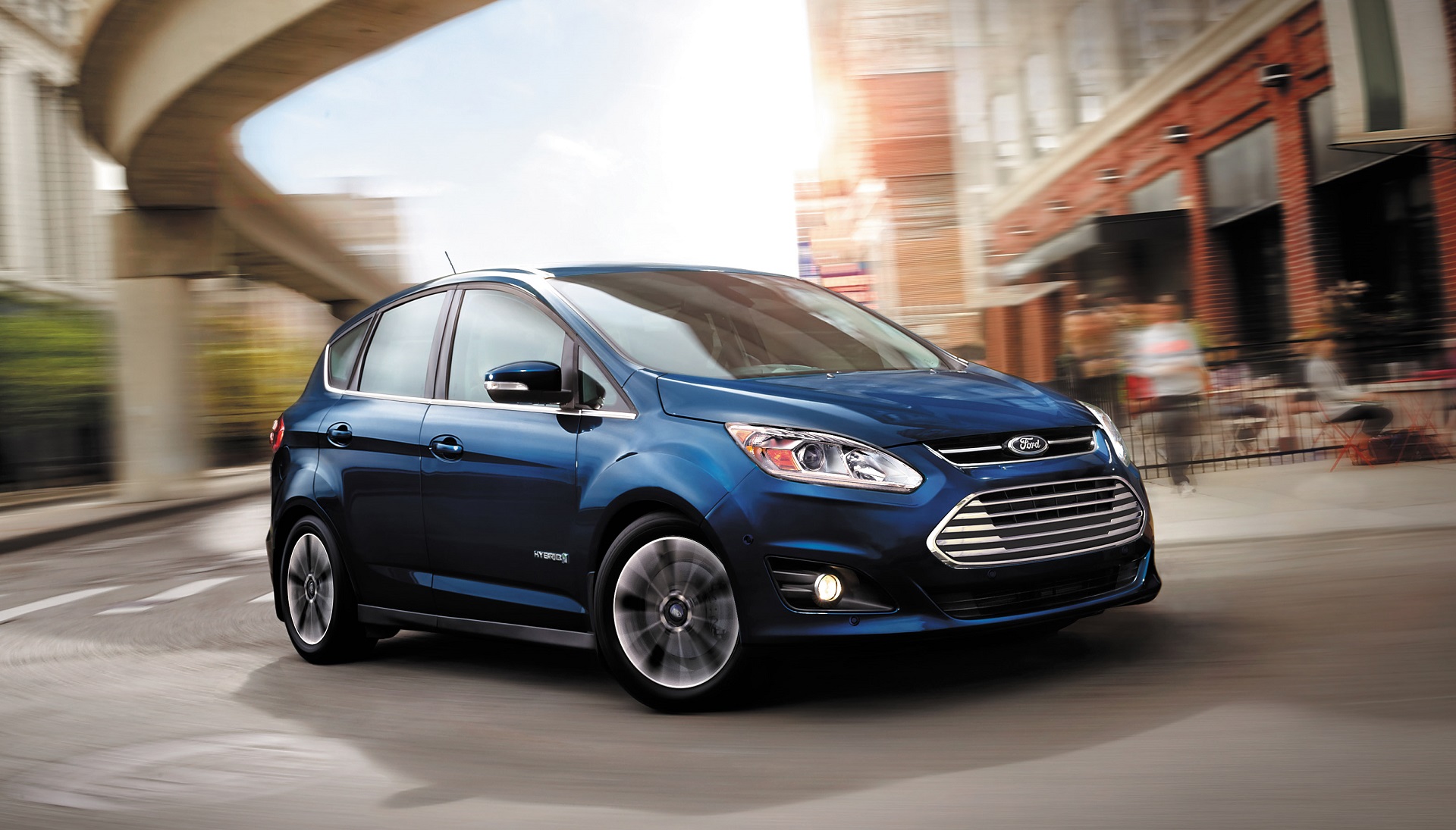
Recent Comments